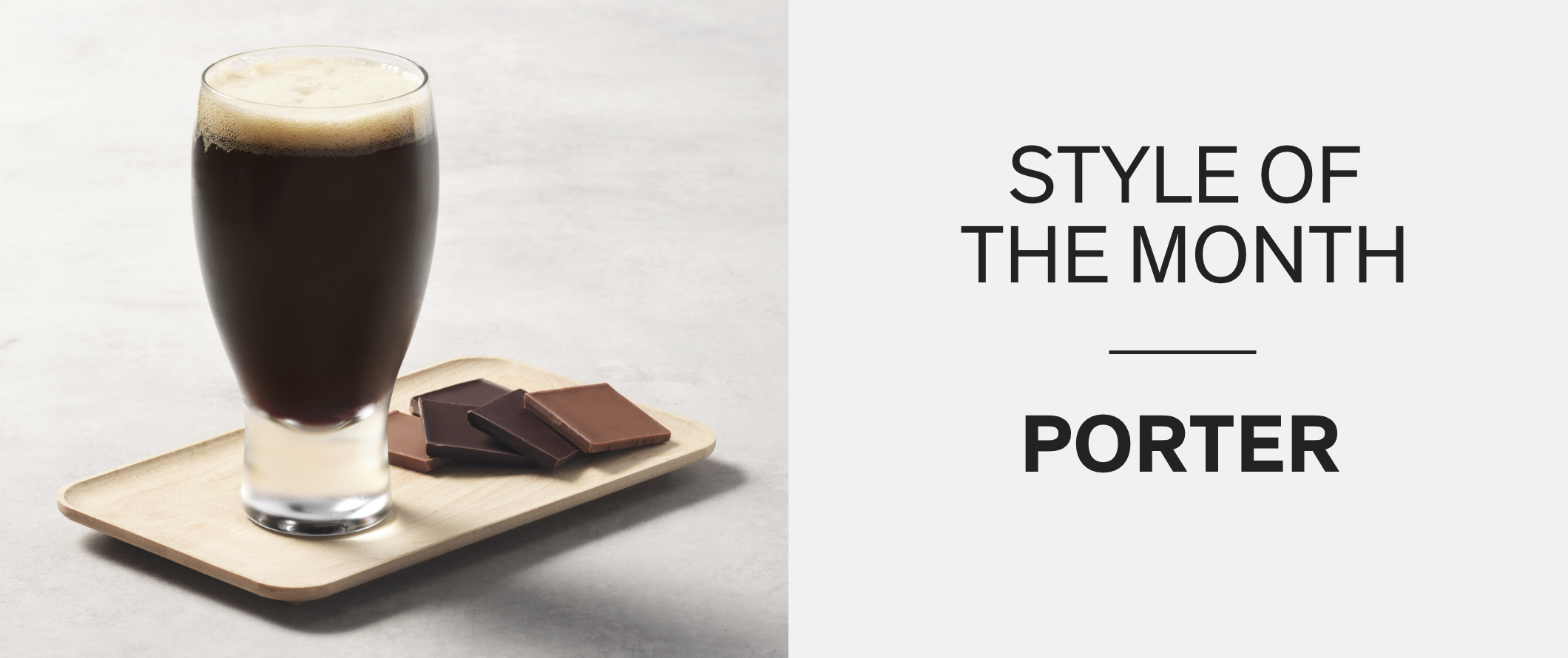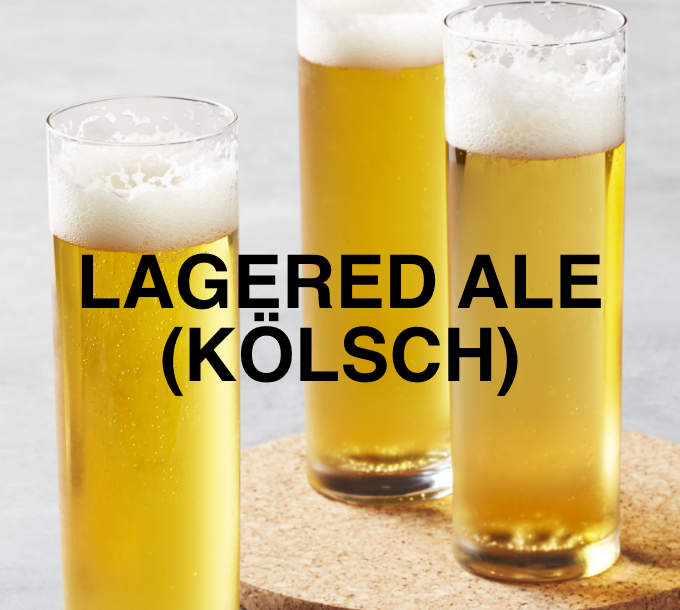Porters

Rich, toasty and chocolatey, porters are a classic beer style meant to be savoured. Originally from England, this ideal winter sipper has been perfected by craft brewers.
READY TO EXPLORE?
Porters were invented in the pubs of 18th-century London and became the “It beer” of the era, thanks to new brewing techniques that blended different batches together and aged the beer anywhere from two months to two years to mellow the acrid, smoky notes. The dark, approachable style became a fan favourite among the porters working the docks, which is where this type of beer got its name. While porter beers were losing popularity in England by the 1950s, the rise of North American craft breweries in the '80s helped revive the style.
English porters are all about the malt, exuding roasted, chocolate and toast flavours and a touch of tart red fruit. American porters are higher in alcohol and can be hopped more aggressively for a lingering bitterness. Baltic porters from Poland, Scandinavia and Russia are similarly higher in alcohol, with deeper flavour complexity and a velvety mouthfeel.
YOU MAY TASTE
Expect flavours ranging from mild to medium and from roasted to bitter, including coffee beans, baking chocolate, vanilla, raisin, plum, caramel and toasted nuts. You may also taste light bready, biscuity and toasty malt notes.
SIP THEM WITH
Ales with roasted flavours match well with rich and hearty fare, such as roast lamb, steak and mushroom pie, caramelized root vegetables or chili. Baltic porters are ideal for serving after dinner with a chocolate or caramel dessert or a rich cheese, like a triple-cream brie.
SERVING TIPS
Pour a porter at a 45-degree angle into a pint glass until it’s almost full, then straighten the glass and continue pouring aggressively to tease out a cappuccino-hued, foamy cap. Serve a Baltic porter in a snifter alongside a cheese plate.
Try These Picks
Discover More Beer Styles
Beer FAQs
Your Top Questions Answered

What is craft beer?
Craft beer is made by small-scale breweries, often independently owned, that practise traditional artisanal brewing techniques to create authentic and uniquely flavourful beers. These craft brewers may focus on either classic or lesser-known styles of traditional beer, or create innovative new modern brews.

How many calories are in a beer?
A standard 340-millilitre or 12-ounce beer that has five per cent alcohol by volume has about 150 calories. Styles of beer that contain more alcohol, such as IPAs, have more calories — up to 170. Light beers, which have less alcohol, have around 100 calories. While darker beers sometimes have a higher alcohol content and therefore more calories, that’s not always the case: consider Guinness Draught, a dark stout, which has just over four per cent alcohol by volume and 125 calories per 12 ounces.

How many beers are in a keg?
Most standard North American kegs hold 58.7 litres: in terms of standard 340-millilitre or 12-ounce bottles or cans, that’s 165 servings; if you’re counting by 16-ounce pints, its 124 servings. European beers often come in 50-litre kegs, yielding 140 340-millilitre glasses or 105 pints. Smaller 30-litre kegs (sometimes called “pony kegs”) give 82 standard beers or 62 pints. Mini-kegs (Heineken, for example) hold five litres: that’s about 10 pints or 14 glasses.

How is beer made?
All beer is made with four key ingredients: barley (or other grains), water, hops and yeast. First, barley is malted (meaning the grains are sprouted and then kiln-dried) to get ready for brewing. The malt is then mashed, or cooked with warm water, to create a sugary liquid called wort. The wort is boiled with flavouring hops, and then in the final step, it’s fermented with yeast, which creates the alcohol and finished beer.
There are many different styles and regional traditions of brewing, but to simplify, they basically fall into two categories: for ale, the beer is stored at room temperature while the yeast feeds on the sugar in the wort and produces CO2 and alcohol as by-products; for lager, fermentation is the same, but it happens at cooler temperatures so the process takes a little longer

How long does beer last?
Check for an expiry or best-before date on bottles and cans: “best” is best when consumed fresh. Bottles and cans stored at room temperature are safe to drink for at least four months after purchase and up to eight months when it’s stored in the refrigerator or a cool place. Draft or craft beer stored in a glass bottle keeps for two or three days in the refrigerator when tightly capped. And remember, keep beer away from light: it can develop a “skunky” flavour from a chemical reaction to UV light, which is why it’s usually packaged in cans or dark glass bottles.

What is beer made of?
Most beer is made from just barley, water, hops and yeast. That’s all! Each ingredient contributes to the beer’s flavour, as do the specifics of the production process. Some brewers may use other grains, such as corn, rye, rice, wheat or even oats, to produce different types of beer. Some styles even incorporate additional flavouring ingredients, including fruits and herbs.











